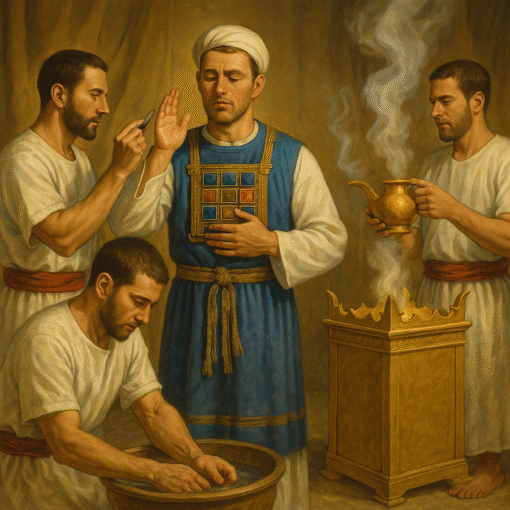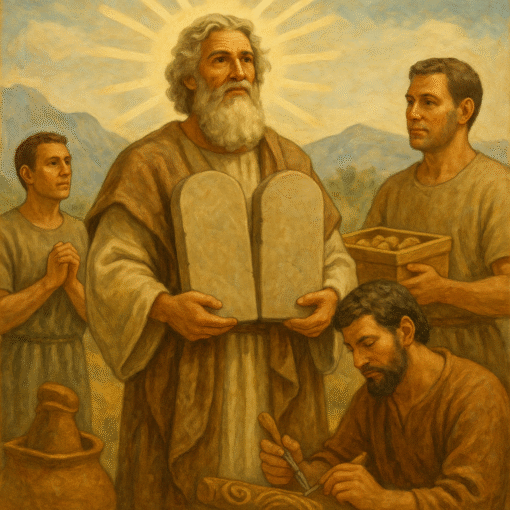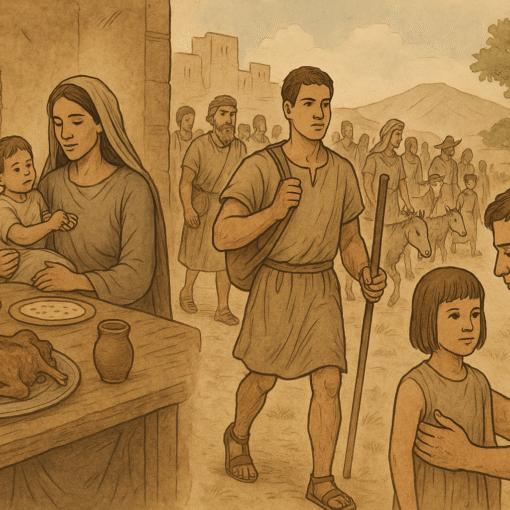The Formula for the Anointing Oil (Exodus 30:22–25, KJV)
God told Moses to make a “holy anointing oil” using:
-
Pure Myrrh – 500 shekels
-
Sweet Cinnamon – 250 shekels
-
Sweet Calamus – 250 shekels
-
Cassia – 500 shekels
-
Olive Oil – one hin (about a gallon)
These were blended by the apothecary’s art into a holy anointing oil.
? Significance of Each Ingredient
1. Myrrh (“pure myrrh” – bitter resin from a tree)
-
Symbol of suffering, death, and sacrifice.
-
Myrrh was used in embalming (John 19:39) and was one of the gifts brought to Christ at His birth (Matthew 2:11).
-
Speaks of Christ’s willingness to endure suffering and consecrate Himself to God’s will.
2. Sweet Cinnamon (aromatic inner bark)
-
Symbol of sweetness, warmth, and holy zeal.
-
Cinnamon gives a pleasant fragrance, showing that service to God should be both fervent and delightful.
-
Represents the warmth of Christ’s love and the fragrance of a life devoted to God.
3. Sweet Calamus (fragrant reed, sometimes translated “aromatic cane”)
-
Symbol of uprightness and humility.
-
A reed that grows straight and tall in marshy ground — it represents a life lifted up toward God despite humble surroundings.
-
Points to Christ’s righteousness and the believer’s call to stand upright in holiness.
4. Cassia (a spice related to cinnamon, with a stronger, more pungent scent)
-
Symbol of submission and cleansing.
-
The word root means “to bow down.” It was also used medicinally as a purgative.
-
Represents the need for humility and God’s cleansing power in consecrated service.
5. Olive Oil (the base that blends everything together)
-
Symbol of the Holy Spirit throughout Scripture.
-
Oil was used for anointing kings, priests, and prophets.
-
The Spirit empowers and sanctifies believers to serve in God’s presence.
? Spiritual Meaning
The oil was not to be duplicated or used for common purposes (Exodus 30:31–33). It was holy to the LORD, symbolizing:
-
Consecration – setting apart priests, the tabernacle, and its furnishings.
-
The Holy Spirit – the true anointing that sanctifies and empowers service.
-
Christ Himself – the “Anointed One” (Messiah/Christos), who perfectly embodies the fragrance of these blended virtues.
? Summary:
Each ingredient adds a dimension of Christ’s character and the believer’s consecration:
-
Myrrh – Sacrifice and suffering.
-
Cinnamon – Love and zeal.
-
Calamus – Uprightness and humility.
-
Cassia – Submission and cleansing.
-
Olive Oil – The Holy Spirit who blends all virtues into one consecrated life.



